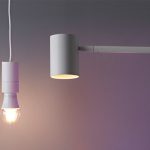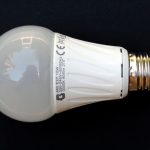How Does LED Light Work: A Beginner’s Guide to Understanding LED Technology
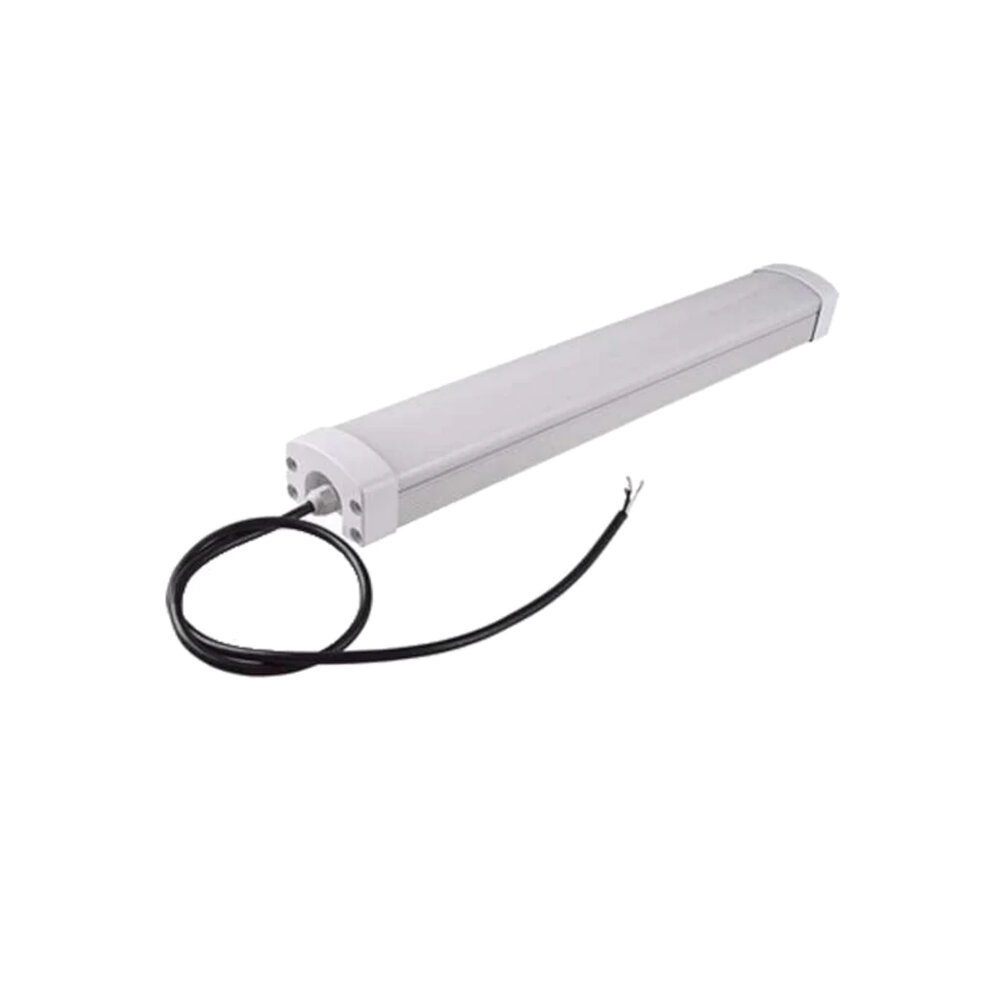
Light Emitting Diodes (LED) have become a popular lighting technology in recent years due to their energy efficiency, durability, and versatility. LEDs are used in a wide range of applications, from indoor and outdoor lighting to automotive and electronic displays. However, many people are still unsure about how LEDs work and what sets them apart from other lighting technologies. This beginner’s guide aims to provide a comprehensive overview of LED technology, including its history, construction, and applications, to help readers understand how LED lights work and why they are a smart choice for their lighting needs. In this guide, we will explore the physics behind LED technology and how it differs from traditional lighting sources like incandescent and fluorescent bulbs. We will also delve into the components that make up an LED and how they work together to produce light. Additionally, we will discuss the advantages and disadvantages of LED lighting and provide tips for selecting the right LED light for different applications. Whether you are a homeowner looking to upgrade your lighting or a business owner interested in energy-efficient lighting solutions, this guide will provide you with a solid foundation for understanding LED technology and making informed decisions about your lighting needs.
LED lights, also known as Light Emitting Diodes, are a type of energy-efficient lighting technology that have become increasingly popular in recent years. Unlike traditional incandescent bulbs, which emit light by heating a wire filament, LEDs produce light through the movement of electrons in a semiconductor material. This process is more efficient, as it produces less heat and uses less energy. LED lights come in a variety of colors and can be used in a range of applications, from lighting up homes and businesses to illuminating streets and highways. They are also known for their long lifespan and durability, making them a cost-effective and environmentally friendly choice for lighting needs.
The history of LED technology dates back to 1907 when the first electroluminescent effect was discovered by a British scientist. However, it wasn’t until the 1960s that the modern LED as we know it today was developed. Nick Holonyak, a scientist at General Electric, invented the first practical LED in 1962, which emitted red light. Since then, LED technology has advanced rapidly, with the introduction of blue and green LEDs in the 1990s leading to the development of white LEDs. Today, LED lights are used in a wide range of applications, from lighting up our homes and offices to powering the displays on our smartphones and televisions.
How Do LED Lights Work?
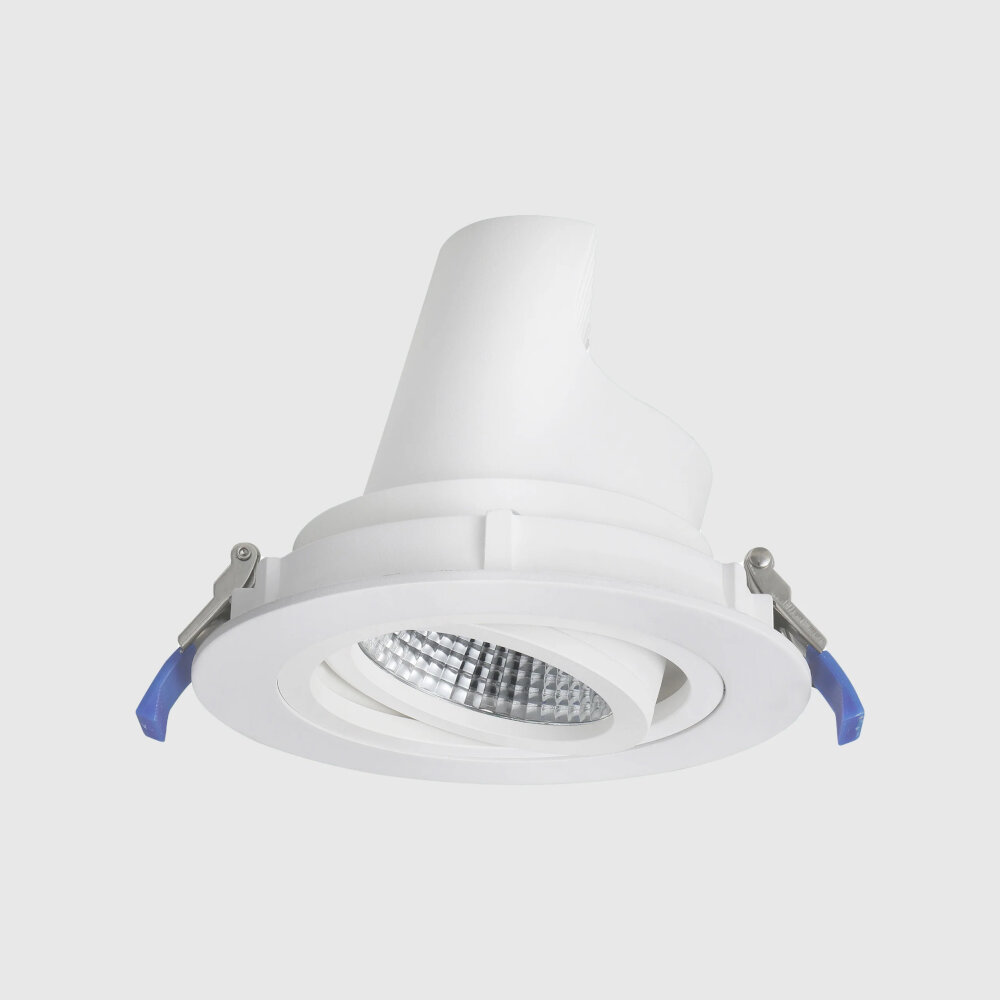
LED lights have become increasingly popular in recent years due to their energy efficiency and low heat emissions. But how exactly do they work? LED stands for \light-emitting diode,\ and they operate by using a semiconductor material that emits light when an electric current is passed through it. This process is known as electroluminescence. Unlike traditional incandescent bulbs, which rely on heat to produce light, LED lights produce light through a completely different process. When a voltage is applied to the diode, electrons are excited and move from the negative side of the diode to the positive side. As the electrons move, they release energy in the form of photons, which are the particles that make up light. The color of the light produced depends on the type of semiconductor material used in the LED. For example, a red LED is made from a different material than a blue LED. This is why LED lights can come in a wide range of colors, from warm white to cool blue. In conclusion, understanding how LED lights work can help you make informed decisions when it comes to choosing lighting options for your home or office. Whether you’re looking to save energy, reduce your carbon footprint, or simply create a certain mood or ambiance, LED lights offer a versatile and efficient lighting solution. By using a semiconductor material to produce light, LED lights are not only more energy-efficient than traditional bulbs but also have a longer lifespan, making them a cost-effective choice in the long run.
LED technology is based on the phenomenon of electroluminescence, which occurs when a material emits light in response to an electric current passing through it. In LEDs, this process is achieved by passing a current through a semiconductor material, which has been doped with impurities to create a p-n junction. When this junction is forward-biased, electrons and holes recombine, releasing energy in the form of photons. This process is highly efficient, as very little energy is lost as heat, making LEDs much more energy-efficient than traditional incandescent bulbs. Additionally, the color of the light emitted by an LED can be controlled by varying the composition and doping of the semiconductor material, allowing for a wide range of colors to be produced without the use of filters or gels.
LED lighting technology is a relatively new and innovative way of producing light compared to traditional lighting methods. The main difference between LED and traditional lighting is the way in which they produce light. Traditional lighting, such as incandescent bulbs, produce light by heating a filament inside the bulb until it glows. This process is highly inefficient, as most of the energy is lost as heat. In contrast, LED lighting produces light by passing an electric current through a semiconductor material, which then emits light. This process is highly efficient, as little energy is lost as heat. Additionally, LED lighting is more durable and longer-lasting than traditional lighting, making it a more cost-effective and environmentally friendly choice.
LED lights are comprised of several components that work together to produce a bright and efficient light source. The most important part of an LED light is the diode itself, which is a semiconductor that emits light when an electric current passes through it. The diode is housed in a plastic shell that protects it from damage and helps to shape the light beam. A heat sink is also included to dissipate excess heat generated by the diode, ensuring that the LED remains cool and efficient. In addition, LED lights contain a driver circuit that regulates the amount of electricity flowing to the diode, and a lens or reflector that directs the light in a specific direction. All of these components work together to create a highly efficient and long-lasting light source that is rapidly gaining popularity in a wide range of applications.
Advantages of LED Lights

LED lights have become increasingly popular in recent years due to their numerous advantages over traditional lighting sources. One of the main benefits of LED lights is their energy efficiency. LED lights use significantly less energy than traditional incandescent and fluorescent bulbs, which can result in significant cost savings over time. LED lights also have a longer lifespan than traditional bulbs, which means they need to be replaced less frequently. This not only saves money on replacement bulbs but also reduces waste and the environmental impact of lighting. Another advantage of LED lights is their versatility. LED lights come in a wide range of colors and can be easily dimmed or brightened to suit different needs. This makes them ideal for use in a variety of settings, from homes and offices to outdoor and commercial spaces. LED lights are also highly durable and resistant to damage, making them ideal for use in harsh environments like factories or outdoor areas. Additionally, LED lights do not emit UV or infrared radiation, which can be harmful to people and materials. This makes them a safer and healthier lighting choice for both people and the environment.
Energy efficiency is a crucial aspect of modern technology, and LED lights represent a significant step forward in this regard. Unlike traditional incandescent bulbs, LEDs are far more efficient at converting electrical energy into light, as they don’t produce as much heat. This means that they use less energy to produce the same amount of light, making them much more cost-effective in the long run. In addition, LEDs have a much longer lifespan than traditional bulbs, meaning that they need to be replaced less frequently, further reducing their environmental impact. Overall, LED technology is a game-changer when it comes to energy efficiency, and it’s something that everyone should be considering when it comes to lighting their homes, offices, or public spaces.
LED lights have revolutionized the lighting industry with their numerous advantages over traditional lighting sources. One of the most significant benefits of LED lights is their long lifespan. Unlike incandescent bulbs, LEDs do not burn out or fail abruptly. They gradually lose their brightness over time, but even then, they continue to function for years. This is because LED technology uses a semiconductor to emit light, which is a more durable and efficient process than the filament in incandescent bulbs. Therefore, LED lights are an excellent investment for homeowners and businesses looking to save money in the long run by reducing the frequency of bulb replacements.
Durability is one of the key benefits of LED lighting technology. Unlike traditional incandescent bulbs, LEDs do not have a filament that can burn out or break, meaning they can last much longer. LED bulbs can last up to 25 times longer than traditional bulbs, with lifespans ranging from 25,000 to 50,000 hours. This not only saves money on replacement costs but also reduces waste and the environmental impact of discarded bulbs. Additionally, LED bulbs are more resistant to damage from vibration and shock, making them ideal for use in applications such as automotive and aerospace industries.
Versatility is one of the most significant benefits of LED light technology. LEDs can be used in a wide range of applications, from indoor lighting to outdoor advertising, automotive lighting, and even in medical equipment. One of the main reasons for this versatility is the fact that LEDs are available in a variety of sizes, shapes, and colors, making it easy to customize lighting solutions to suit any need. Additionally, LEDs are incredibly energy-efficient, which makes them ideal for use in portable devices or in areas where power is limited. This versatility and energy efficiency have made LEDs a popular choice for both commercial and residential lighting applications, and as technology continues to improve, we can expect to see even more innovative uses for this versatile technology.
Low heat emissions is one of the most significant advantages of LED lights. Unlike traditional incandescent bulbs that produce light by heating a filament, LED lights generate light through a process called electroluminescence. This process involves the movement of electrons within a semiconductor material, which produces light without generating significant amounts of heat. This means that LED lights are much cooler to the touch than incandescent bulbs, making them safer to use in a variety of applications. Additionally, because LED lights produce less heat, they are more energy-efficient and have a longer lifespan than traditional bulbs, making them a more cost-effective choice in the long run.
Applications of LED Lights
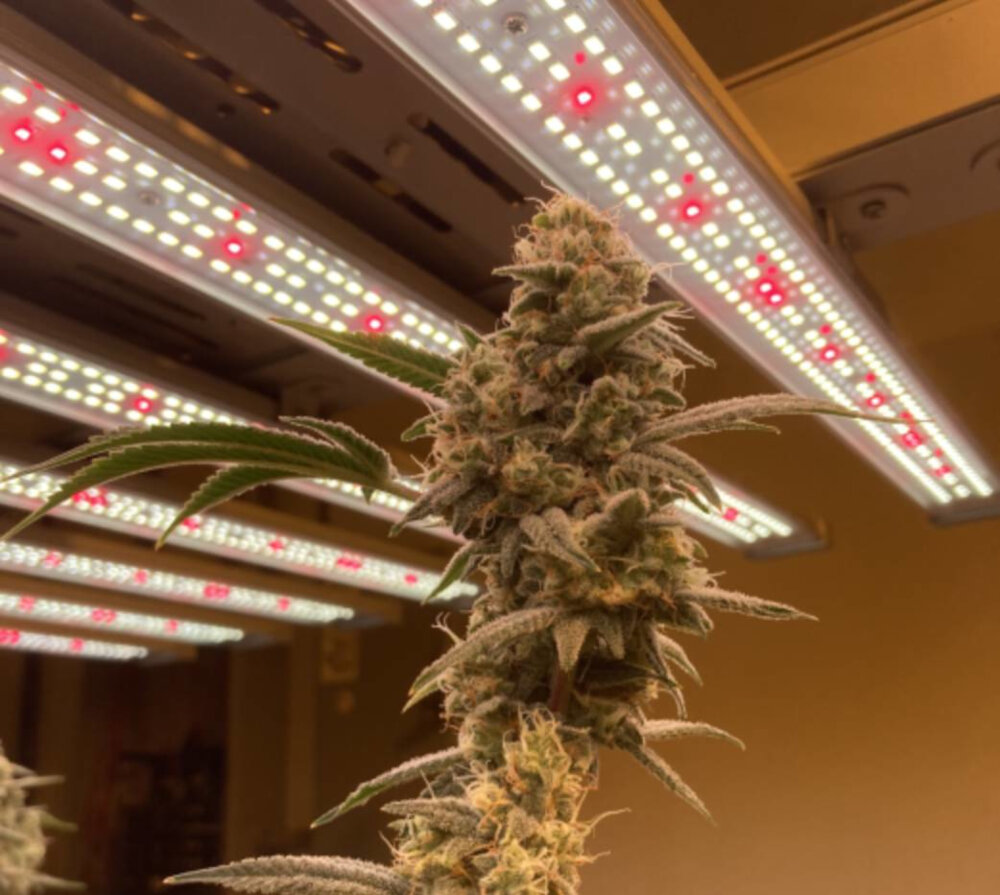
LED lights have revolutionized the lighting industry due to their numerous advantages over traditional lighting sources. LEDs are energy-efficient, long-lasting, and very versatile, which makes them ideal for a wide range of applications. Some of the most common applications of LED lights include residential, commercial, and industrial lighting, as well as automotive lighting, signage, and backlighting. In the residential sector, LEDs are used for various purposes, such as ambient lighting, task lighting, and accent lighting. LED bulbs are a popular choice for replacing incandescent and fluorescent bulbs, as they are more efficient and have a longer lifespan. Additionally, LED strip lights are often used for under-cabinet lighting, cove lighting, and other decorative lighting purposes. In the commercial and industrial sectors, LEDs are used for lighting warehouses, parking lots, and large buildings. LED floodlights are also a popular choice for outdoor lighting, as they are brighter and more energy-efficient than traditional floodlights. Moreover, LEDs are commonly used for automotive lighting, such as headlights and taillights, due to their high brightness and durability.
Residential lighting is an integral part of any home design as it not only illuminates the space but also sets the mood for each room. With the advent of LED technology, residential lighting has become more energy-efficient, cost-effective, and versatile. LED bulbs use a semiconductor to convert electricity into light, producing a bright and clear illumination that can mimic natural daylight. LED lights can also be controlled by a remote or smartphone app to adjust the color, brightness, and even the direction of the light. Moreover, LED bulbs last longer than traditional incandescent bulbs, reducing the frequency of replacements and maintenance. With LED technology, homeowners can enjoy a more customizable and sustainable lighting system for their residential spaces.
Commercial lighting is an essential component of any business, as it has a significant impact on the environment, productivity, and energy consumption. LED technology has revolutionized the way commercial lighting is achieved, providing a more energy-efficient and cost-effective alternative to traditional lighting methods. LED lights use semiconductor materials to emit light, resulting in a more targeted and efficient lighting source. They also have a longer lifespan, reducing the need for frequent replacements and maintenance. With the ability to customize color temperature and brightness levels, LED lights offer a versatile solution for commercial spaces, allowing businesses to create the ideal environment to meet their needs.
Automotive lighting has come a long way since its inception. Initially, car headlights were powered by oil or acetylene lamps, which were used to illuminate the road ahead. In the 1920s, electric headlights were introduced, which used tungsten filaments to produce light. However, with the evolution of LED technology, automotive lighting has become more efficient and effective. LED lights are now commonly used in car headlights, brake lights, and turn signals. They offer brighter and more focused lighting, consume less energy, and last longer than traditional halogen bulbs. Additionally, LED lights can be customized to emit different colors and intensities, making them a popular choice for car enthusiasts who want to add a personalized touch to their vehicle.
Outdoor lighting is an essential component of any property, as it provides safety, security, and ambiance. LED lights are an excellent option for outdoor lighting due to their energy efficiency, durability, and flexibility. LED lights are capable of producing bright and clear illumination, making them ideal for outdoor use. They also come in various colors, allowing for creative lighting designs that can enhance the appearance of any outdoor space. Additionally, LED lights have a longer lifespan than traditional lighting options, reducing maintenance costs and providing a more sustainable solution. Overall, LED lights offer a reliable and versatile option for outdoor lighting needs.
Specialty lighting refers to customized lighting solutions that are designed to meet specific lighting requirements in different settings. These lights are used in a variety of applications, including commercial, industrial, and residential settings. Specialty lighting is often used to create a specific atmosphere in a room, highlight certain features or objects, or provide illumination in hard-to-reach areas. LED technology has revolutionized specialty lighting by providing efficient, long-lasting, and versatile lighting solutions that can be customized to suit different needs. LED lights are available in a wide range of colors, brightness levels, and designs, making them an ideal choice for specialty lighting applications.
Future of LED Technology
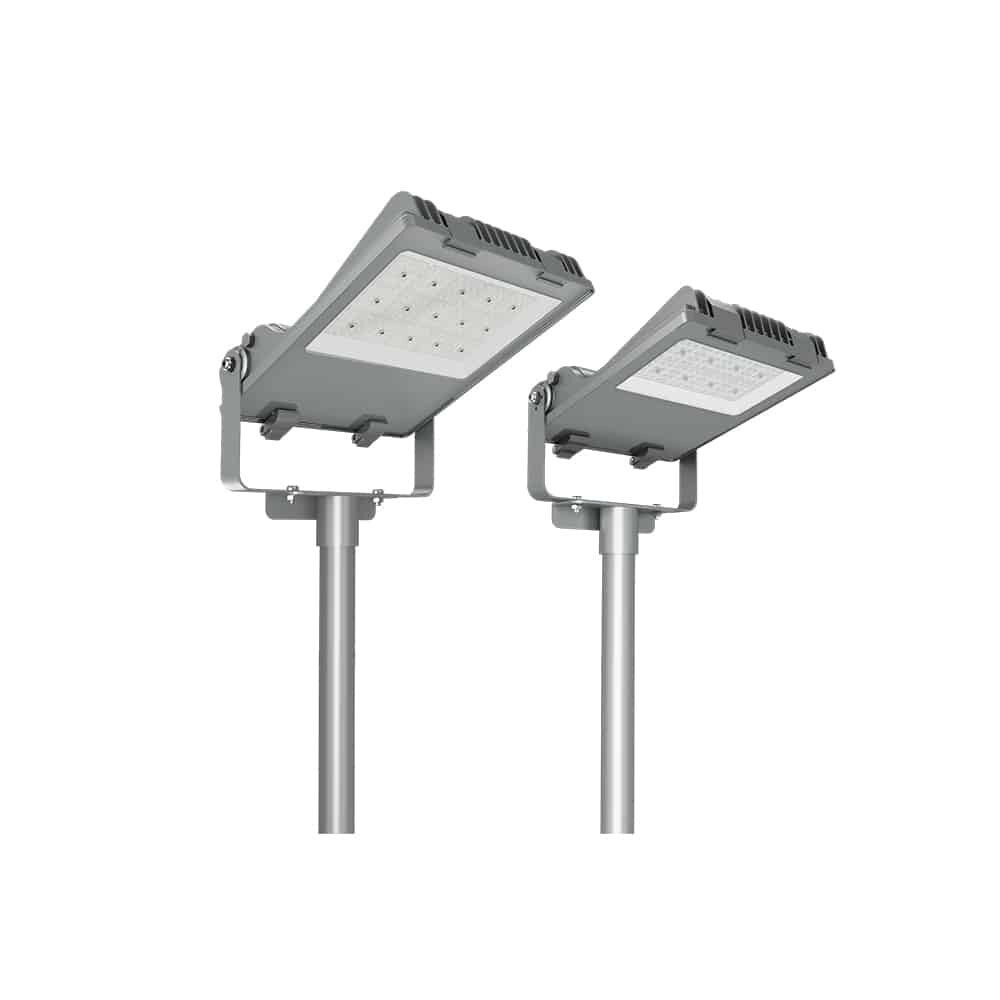
The future of LED technology looks promising as it continues to evolve and improve. LED lights have already become a popular choice for lighting solutions due to their energy efficiency, durability, and long lifespan. However, there is still room for improvement in terms of brightness, color accuracy, and cost-effectiveness. Researchers are working on developing brighter and more efficient LED chips, as well as improving the color rendering index (CRI) of LED lights to make them more suitable for applications such as photography and film production. Additionally, advancements in nanotechnology are expected to lead to the development of even smaller and more efficient LED chips, paving the way for new applications in areas such as wearable technology and smart fabrics. Another exciting development in the future of LED technology is the integration of smart features such as voice control, motion sensing, and adaptive lighting. LED lights can be connected to smart home systems and controlled through voice commands, smartphone apps, or even gestures. This opens up a wide range of possibilities for creating personalized lighting environments that are tailored to individual preferences and needs. Additionally, LED lights can be programmed to adjust their brightness and color temperature based on the time of day, creating a more natural and comfortable lighting experience. As these smart features become more advanced and widespread, LED technology is poised to revolutionize the way we light our homes, offices, and public spaces.
Ongoing research and development in LED technology has led to significant improvements in energy efficiency, color rendering, and longevity. Researchers are exploring new materials and manufacturing techniques to create even more efficient and durable LEDs. Advances in nanotechnology are allowing for the development of LEDs that emit light in specific colors and wavelengths, making them ideal for specialized applications such as medical treatments and horticultural lighting. As LED technology continues to evolve, it is likely that we will see even more innovative applications and products that take advantage of its many benefits.
The potential advancements and improvements in LED technology are vast, with researchers continually discovering new ways to improve efficiency, performance, and durability. One area of focus is developing more efficient materials to increase brightness while reducing energy consumption. Researchers are also exploring new ways to enhance color accuracy and expand the color spectrum of LEDs. Additionally, advancements in semiconductor technology are leading to more compact and cost-effective LED designs. As the demand for sustainable lighting solutions continues to grow, advancements in LED technology have the potential to revolutionize the lighting industry and provide a more eco-friendly and cost-effective alternative to traditional lighting options.
The development of LED technology has significant implications for the lighting industry. As consumers become more environmentally conscious and energy-efficient lighting becomes increasingly popular, LED lights are becoming the preferred choice for homes, businesses, and public spaces. This shift towards LED lighting is also driving innovation in the industry, with companies developing new products and technologies to meet the growing demand. Additionally, as LED lights have a longer lifespan and require less maintenance than traditional lighting options, they offer cost savings for both consumers and businesses. Overall, the rise of LED technology is transforming the lighting industry and is poised to be a major player in the future of lighting.
In conclusion, LED technology has revolutionized the lighting industry with its energy efficiency, long lifespan, and versatility. LEDs work by utilizing a semiconductor material that emits light when an electric current passes through it. The color of the light emitted is determined by the material used and can be controlled by adjusting the voltage. LEDs are highly efficient in converting energy into light, making them more energy-efficient than traditional lighting options. Additionally, LEDs have a longer lifespan, require less maintenance, and are environmentally friendly due to their low energy consumption. LED technology is constantly evolving, and we can expect to see even more innovative applications of this technology in the future.
In conclusion, LED technology has revolutionized the lighting industry with its numerous benefits and potentials. LEDs are energy-efficient, long-lasting, and environmentally friendly, making them the go-to lighting option for households, businesses, and governments. With their low power consumption and long lifespan, LEDs have not only reduced energy costs but also decreased the carbon footprint. Additionally, LED technology has opened new possibilities in design, allowing for the creation of innovative and customizable lighting solutions. From backlighting to streetlights, LED technology has proven to be versatile and adaptable to various applications. As the technology continues to evolve, we can expect even more advancements in the world of lighting.
Conclusion
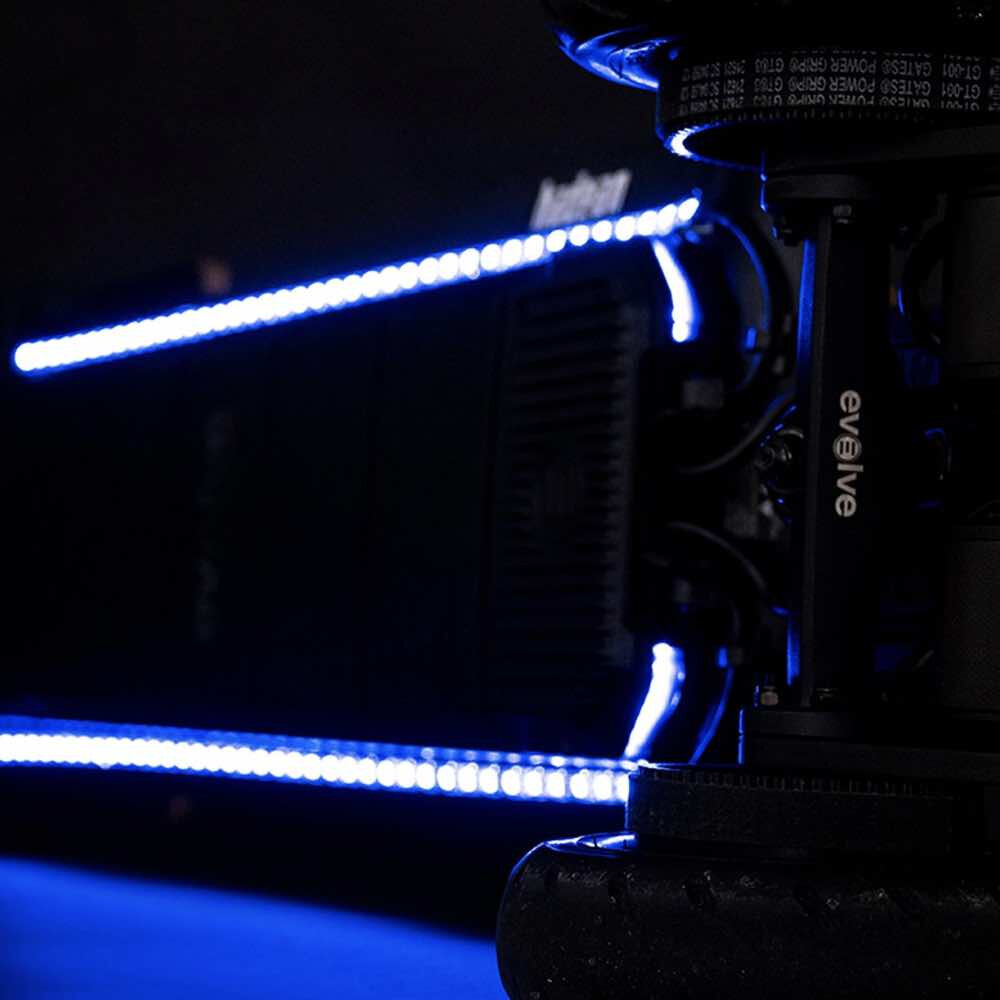
In conclusion, understanding how LED lights work is essential in today’s world as these lights have become an integral part of our daily lives. From being used in homes and offices to automobiles and streetlights, LED technology has revolutionized the way we light up our world. LED lights work by converting electrical energy into light energy through a process called electroluminescence. This technology has numerous advantages over traditional lighting systems, including energy efficiency, durability, and long lifespan. As we continue to explore and innovate in the field of LED technology, we can look forward to even more advanced and sustainable lighting solutions in the future.


